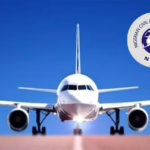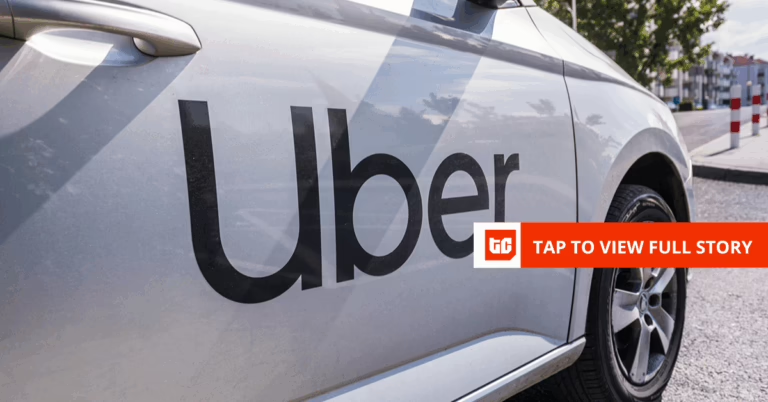After years of postponements, South Africa has officially integrated e-hailing services into its legal transport system. On September 12, President Cyril Ramaphosa enacted the National Land Transport Amendment Act (NLTA), formally acknowledging ride-hailing platforms such as Uber and Bolt as legitimate components of the public transportation network.
This legislation seeks to regulate a sector that has historically operated in a legal grey zone, often caught between formal recognition and informal operations, with frequent violent disputes over operating territories. However, rather than widespread approval, many drivers have responded with apprehension and concern. They argue that new mandates-like mandatory vehicle branding, e-hailing permits restricted to specific routes, and panic button installations-pose threats to both their personal safety and income.
“This approach is impractical”
The primary source of discontent centers on the operating permits. According to the new law, e-hailing licenses are tied to the driver’s registered city. For instance, a driver registered in Pretoria is only authorized to operate within Pretoria’s boundaries. If they transport a passenger to Johannesburg, they must immediately return empty without the option to pick up another fare.
“These regulations don’t reflect the flexibility that technology demands,” explains Fickson Chauke, an e-hailing driver.
Obtaining these permits requires application through local municipal offices, with fees starting at approximately R300 (around $17).
Another driver, Thobani Zulu, expressed frustration: “Frankly, this defeats the purpose of e-hailing in South Africa. It will significantly hurt our business and increase fuel expenses.”
Zulu also highlighted the impact on customers, noting that trips beyond a driver’s permitted zone may become scarce or prohibitively expensive due to added fuel costs.
Balancing safety and regulation
For some drivers, the vehicle branding requirement is the most concerning. Those using personal vehicles will need to collaborate with advertising firms or fleet operators to meet branding standards, while some fleet vehicles already come pre-branded.
“We want to be identifiable, but not if it compromises our security,” says Johannesburg-based driver Qhubani Moyo. “Branding my own car feels unsafe-it turns my vehicle into a target, especially in certain neighborhoods.”
The National e-Hailing Federation, representing drivers nationwide, has voiced worries that branding in townships and informal settlements could expose drivers to criminal attacks or conflicts with traditional taxi operators.
These fears are grounded in reality. In August 2025, an e-hailing driver was fatally shot at Maponya Mall in Soweto, with two others injured and vehicles set ablaze. The incident was linked to ongoing tensions between conventional taxi groups and e-hailing services.
Regulations lagging behind innovation
The Federation criticizes the legislation as outdated. “The mindset behind these rules is flawed and doesn’t grasp the nature of technological disruption. This conversation is a decade overdue, and many provisions feel like relics from ten years ago,” stated Vhatuka Mbelengwa, the federation’s head of presidency, in a recent interview.
Young drivers also lament their exclusion from the policymaking process. “We are the ones most impacted by these tech-driven laws, yet our voices were never heard,” said Chris Dlozi.
Several aspects of the law remain ambiguous. The panic button mandate, for example, has left drivers uncertain. “We need clarity on how this will be implemented legally. Will it be an app feature or a physical device? If it’s a hardware tracker, it could be disabled during a hijacking,” explained driver Emmanuel Mathye.
Meanwhile, drivers already operating branded vehicles express frustration over permit accessibility. “We’ve waited years for permits that never materialized. Now there are new ones, but we fear the situation won’t improve,” one driver shared.
Uber responded to these developments by stating, “We are reviewing the new legislation’s requirements and remain dedicated to collaborating with government and industry stakeholders to ensure a smooth transition. Our priority is to enable drivers to earn sustainably while upholding robust safety and compliance standards and providing a seamless experience for riders.”
Drivers have a 180-day grace period to adhere to the new regulations before enforcement begins. Failure to comply could result in fines up to R100,000 (approximately $5,700).
Save the date! Moonshot by TechCabal returns to Lagos on October 15-16. Join Africa’s leading entrepreneurs, creatives, and tech innovators for two days of inspiring talks, networking, and forward-thinking ideas. Secure your tickets now at moonshot.techcabal.com
























0 Comments